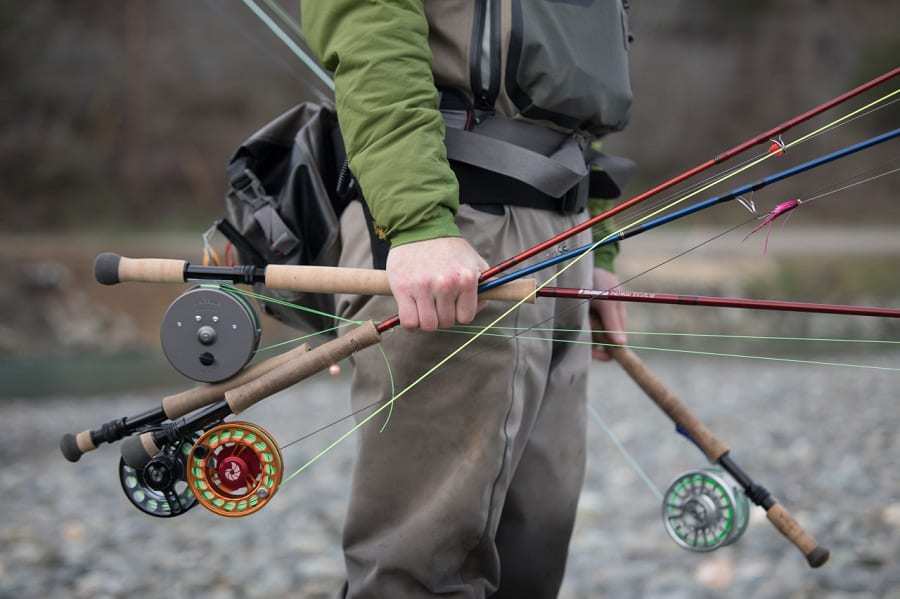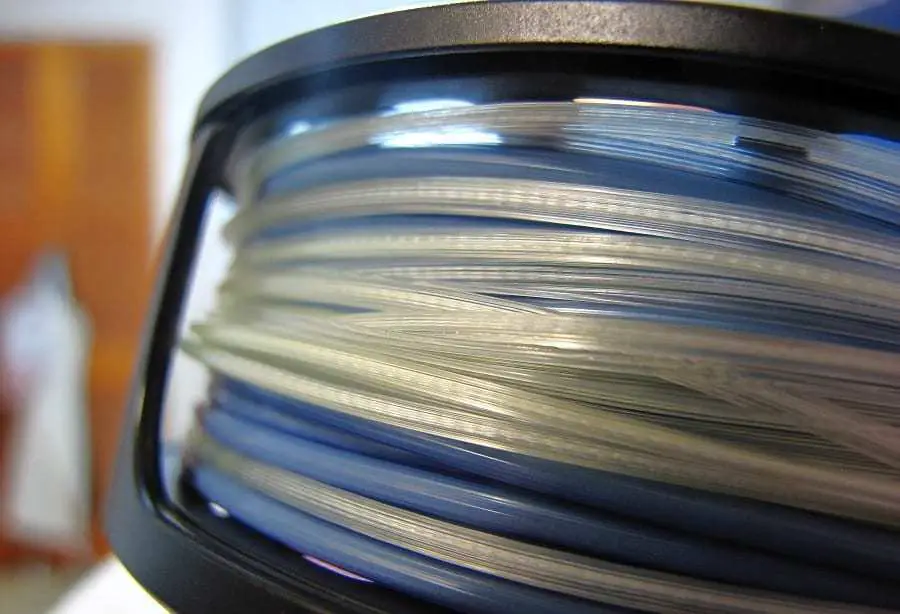When it comes to choosing a fishing rod, spinning rods, and casting rods are by far the two most common types.
In fact, these two types of rods account for more than 90% of fishing poles used by anglers. There’s a lot to consider when picking a fishing rod besides price and performance.
Anglers should learn the differences between a spinning rod and a casting rod, as this can help them choose a rod based on their skills, and the species of fish they enjoy catching. Understanding their differences will also help avoid mixing up rods with reels.
When anglers begin their fishing journey, they tend to use just one fishing pole. But as your fishing skills progress you’ll soon realise that these two rods serve different purposes, and work well with different reels.
In this article we’ll explore the difference between these two rod types, when to use each of them, and if one rod is better than the other.
The Difference Between Spinning Vs Casting Rods
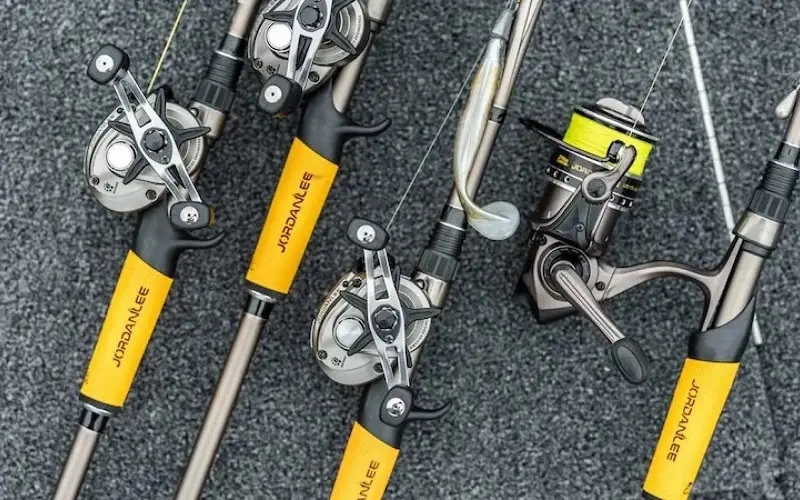
There are a lot of overlapping similarities between these two different rod styles, which can be pretty confusing for novice anglers. However, there are some significant differences that you should be made aware of.
Both spinning rods and baitcaster rods are available in any length, strength, and flexibility you need, so these are not factors in which you can separate them.
Instead, the biggest difference is that they’re designed to work with different reels.
Spinning Rods
A spinning rod is specifically designed to operate alongside a spinning reel. On this style of rod, the reel seat is pointing downwards on the rod handle. Because of this, the line guides are also located along the bottom of the pole, which puts them on the side as the reel.
As the line guides are along the bottom of the pole, the backbone (or spine) of a spinning rod runs along the top of the pole. The backbone is the stiffer part of the fishing rod which is designed to handle the strain when the pole is forcefully bent by a bite on the line.
Casting Rods
Similarly, casting rods (or baitcaster rods) are designed to be used with a casting reel – both baitcasting reels and spincast reels.
On a casting rod, the reel handle is positioned on the top of the rod handle. Due to the reel handles positioning, both the line guides and the backbone of the pole run along the top of the rod.
Differences Between the Two
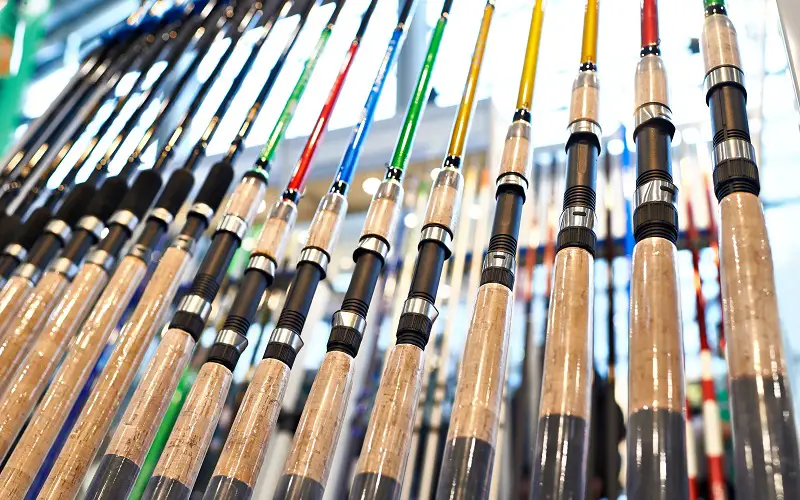
If we look into some more specific differences between the two, the reel seat and guides vary in size also. On spinning rods, the first line guide is much larger than the first guide on baitcaster reels.
In practical terms, however, the biggest difference between the two different rod styles is the type of reel that you attach to them. This may not sound like much, but this is actually a significant difference.
Spinning reels are perfect for casting lighter and longer casts, whereas casting rods are better for more accurate casting, and can withstand greater power.
When it comes to picking which rod style is the “best”, most anglers base their decision on which rod is better suited to their fishing style.
We Need Both Rod Types
If we factor in both the strengths and weaknesses of both fishing rod styles, and the reels they support, it’s easy to see that a well-rounded angler will need both at his disposal.
The reason why is that both rods are used for different purposes. What we’re going to do next is look at the different conditions and situations in which you would use each rod style.
When to Use a Spinning Rod?
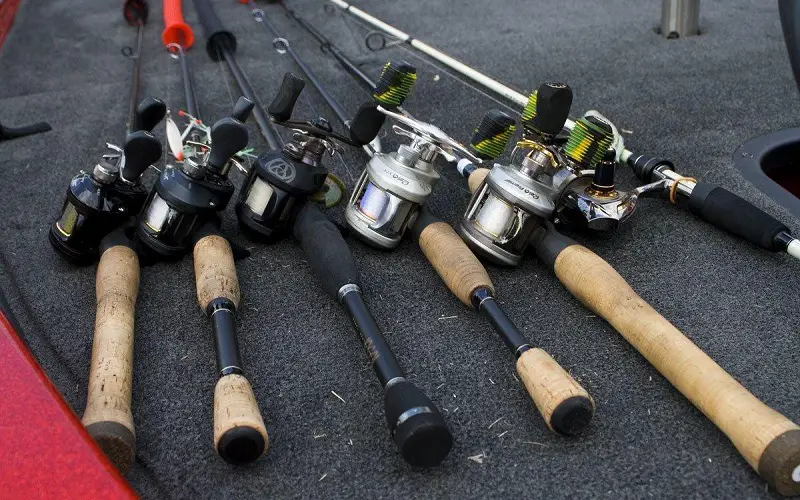
Given the way in which a spinning rod is designed (with the line guides underneath), spinning rods are best used for casting light lures.
When fighting a fish, the force of the line pressing against the line guides could lead to a big fish pulling an eyelet off of the rod, so it is always better to use one for a lighter lure. This is not necessarily a bad thing, however, as using a lighter lure allows you to cast at further distances.
Also, because of how the reel operates, the line can flow off the spool with no resistance. This means the line spills off in big loops, and the large first guide reduces drag as the loop comes off the reel.
Anglers who prefer to use topwater baits often favor spinning gear as it’s perfect to use for all kinds of surface baits. For example, you can cast buzzbaits and light surface plugs, and you can even throw light, soft plastic rigs that are used in finesse fishing.
You can also use spinning gear when bait fishing. For example, you need to use a heavy weight when catfishing, however, you can use a large spinning reel to make an incredibly long cast.
Where spinning gear falls flat is that it doesn’t provide you with the power you need to battle big fish out of heavy cover. With that being said, however, spinning gear is good at what it does – which is extremely long casts, and supporting lighter baits.
Because they’re lightweight, spinning rods are the number one choice for inshore and surf fishing.
Advantages of Spinning Rods
- They’re highly versatile and can be used for most different kinds of fishing
- Better suited for ultralight fishing
- Easier for beginners to master over casting rods
When to Use a Casting Rod
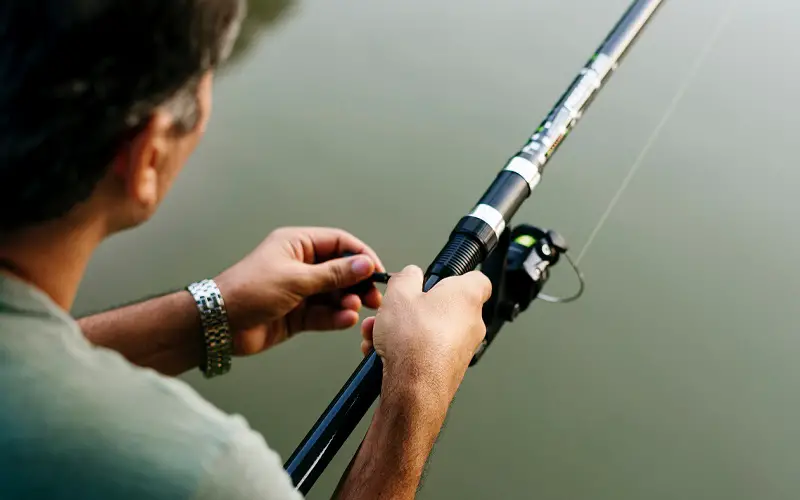
Baitcasting rigs are used for some of the most popular fishing techniques because of their extreme power and exceptional accuracy. In fact, when it comes to bass fishing, both jigs and crankbaits get attached to baitcasting rigs more often than spinning rigs.
Because of the low-profile mounting and the smoothness of a baitcaster, many anglers prefer to use this rod and reel combination when targeting bass in heavy cover.
Due to the orientation of the spool, there’s a sort of direct power that puts anglers in total control. This creates a solid feel when an angler is working a lure.
Operating a baitcasting reel allows anglers to achieve greater accuracy when casting, as most baitcaster reels allow for fine-tuning.
In addition to the bass baits, some of the other popular baits that are typically paired with a baitcasting rig are Texas-rigged worms, swimbaits, spinnerbaits and jerkbaits.
Any weighted lure is paired best with a baitcaster rug. Also, if you’re planning on targeting an area with dense cover, you’ll want to opt for a baitcaster.
Advantages of Casting Rods
- Higher casting accuracy
- Works well with bigger lures
- Better option for big game fishing (heavy applications)
Which One is Better?
When it comes to choosing an outright winner between these two, you’re probably looking for something better than a vague answer that will say it depends on the situation.
So if we have to pick a winner, most anglers would probably choose a casting rod over a spinning rod. This is mainly due to the fact that a baitcasting rig has more accuracy and more power than spinning gear.
But, it’s important that you do use the setup which is more suited to your fishing style and what you’re most comfortable with.
We hope this guide has helped you understand the differences between these two rod styles, and that you can now put together your perfect setup.
References:



